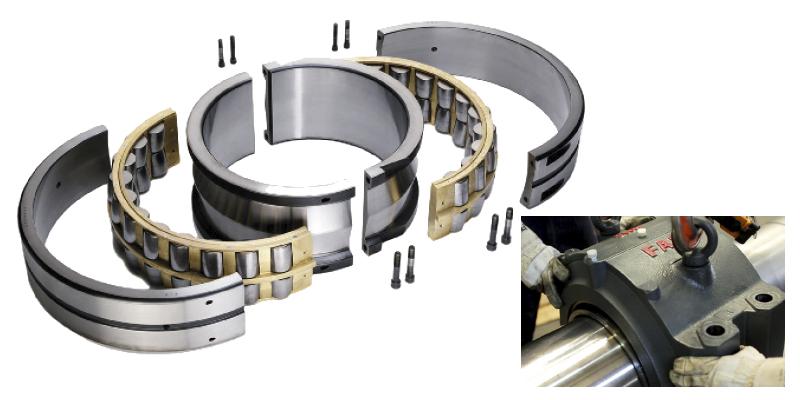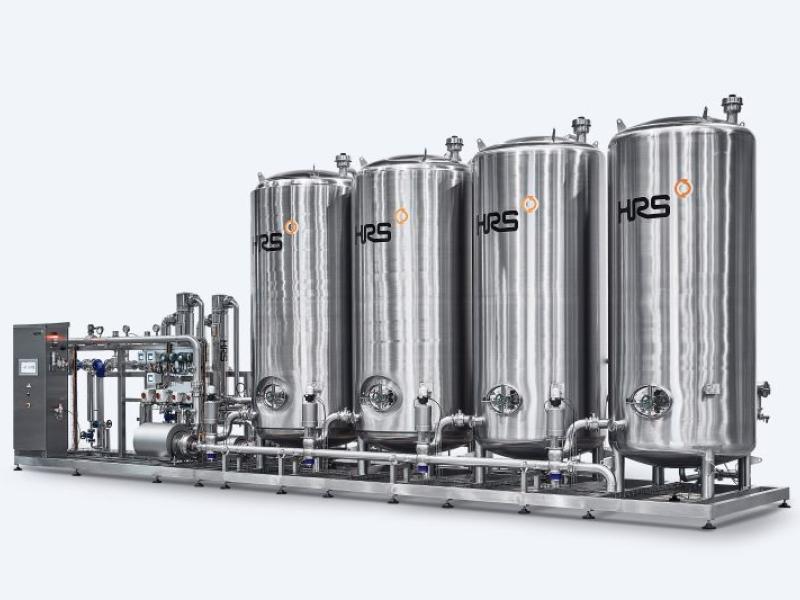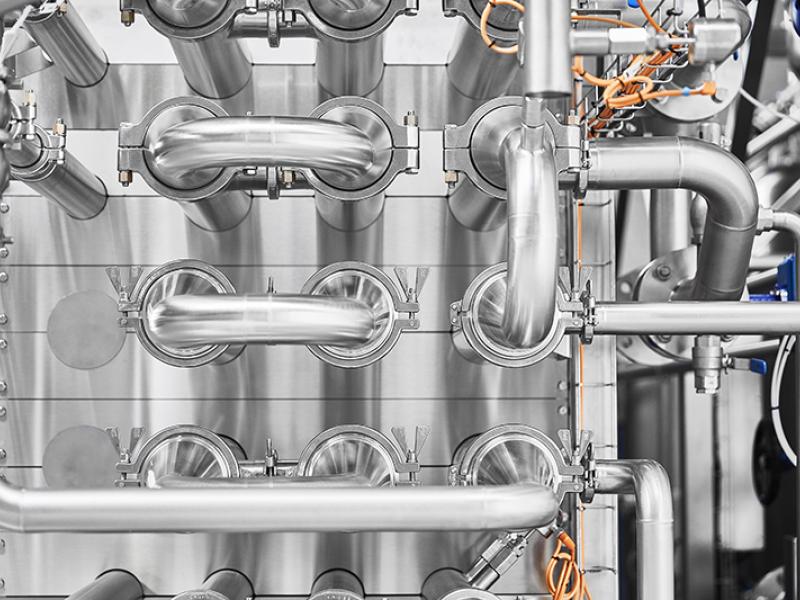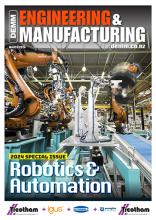A major benefit of new families of split bearing, labyrinth seal and plummer block technologies being introduced to New Zealand is curtailing of downtime during maintenance.
Described as an outstanding feature, it is particularly critical to machinery ROI in high-volume, heavy duty and automation applications, because when a company’s major machines aren’t running, it is not getting any return from its expensive plant.
The expanding family of split technologies being introduced by Schaeffler Australia – which can be used individually or in combination with each other – is typically easier, faster and less hazardous to install than solid one-piece components when the time comes to repair or overhaul these ubiquitous components integral to all rotating machinery, states the company.
Plummer blocks, for example, are vital to support the rotating shafts used in materials handling and process technology, providing a stable precision housing for the equally important bearings and seals that underpin reliability and speed for processing applications.
Maintenance of these essential technologies can often result in costly production downtime when equipment is offline. The cost of such downtime is increasing further as machinery automation and speeds increase.
Delays can be magnified by the complexity of replacing standard spherical roller bearings in such applications, which is a complicated procedure that involves removing gears or couplings, taking off drives and gearboxes, cutting off the old bearing and, frequently, stripping the line shafting.
Converting to split spherical roller bearings provides an alternative that can significantly reduce maintenance downtime, says Schaeffler Australia. Split spherical roller bearings include inner ring, outer ring and cage assemblies that are split into halves and held together by bolts. These bearings typically offer high load-carrying capability and compensate for any dynamic misalignment.
Split vs traditional spherical roller bearings
The internal designs of the split bearings meet the same stringent requirements as traditional solid bearings, ensuring the same ruggedness and reliability. As a result, users of split bearings get all the operational benefits of standard spherical roller bearings – without the maintenance drawbacks – when it’s time to remove and replace them.
This is best illustrated by considering the typical steps involved in replacing traditional solid spherical roller bearings:
1. Remove housing cover.
2. Support shaft assembly.
3. Disconnect drive components.
4. Remove shaft assembly from housings.
5. Remove drive components from shaft.
6. Remove and replace bearings.
7. Mount drive components.
8. Mount shaft assembly in housings.
9. Connect drive components.
10. Secure housing cover.
The same task using a split spherical roller bearing is considerably simpler and safer:
1. Remove housing cover.
2. Support shaft assembly.
3. Remove and replace bearings.
4. Secure housing cover.
Split spherical roller bearings are particularly useful when several bearings are used to support a complex driveshaft, or when the bearing is hard to access. Furthermore, no longer having to disassemble and remove heavy components may eliminate the need for cranes and other expensive lifting equipment. These devices not only add cost and complexity, but also increase the risk of accidents.
Similar benefits accrue with the use of split seals – and with split plummer blocks as an alternative to solid one-piece plummer blocks, which are typically heavy items of machinery that not only cost time, effort and expensive lifting technologies to remove and reposition, but also expose the maintenance operation to greater hazard.
SNS Split Plummer Block Housing
Schaeffler’s latest SNS housing design is a split plummer block, which allows maintenance to be carried out more efficiently and quickly by providing easier access to the bearing, which saves time and money.
This new generation of Schaeffler SNS Split Plummer Block Housings are large-size bearing housing, for shafts from 115mm to 530mm and from 4 7/16 inch to 19 ½ inch diameter. They are engineered to increase the service life of fitted spherical roller bearings by up to 50 percent compared to conventional plummer block housings.
The patented design of the SNS plummer block housing further enhances reliability and uptime by distributing the load on the bearings more effectively (uniformly) than previous and alternative housings. Using its in-house bearing design, calculation and simulation software, Bearinx, Schaeffler is able to analyse different housing designs with various combinations of bearings, enabling the optimisation of the complete system (housing and bearings).
Their advances – including increased strength and shock resistance due to the use of spheroidal graphite cast iron as standard – make the SNS ideal for the broad diversity of applications where spherical roller bearings are widely used, including machinery operating in aggressive environments ranging from food, beverage and primary product processing, through to mining, mineral processing, crushers, conveyors, loaders, winches, sheaves, elevators, ventilators and dust extractors.
Advanced split plummer block designs – like the split bearings and seals they complement – are engineered for industries that can’t afford breakdowns or production stoppages.






